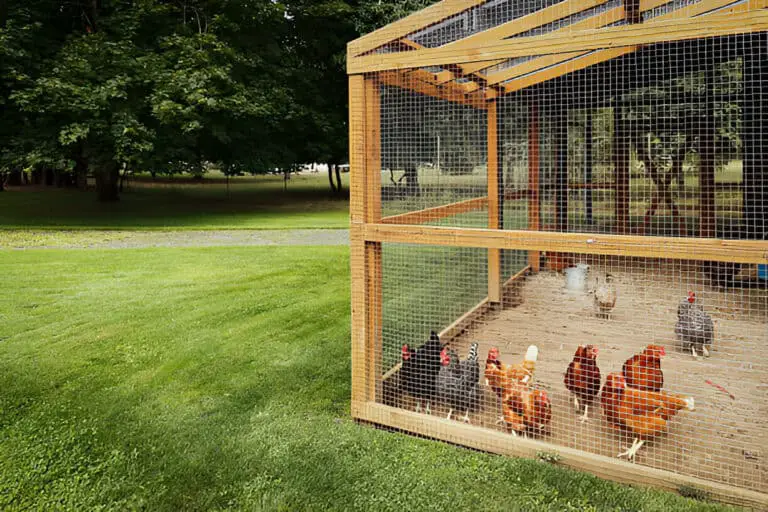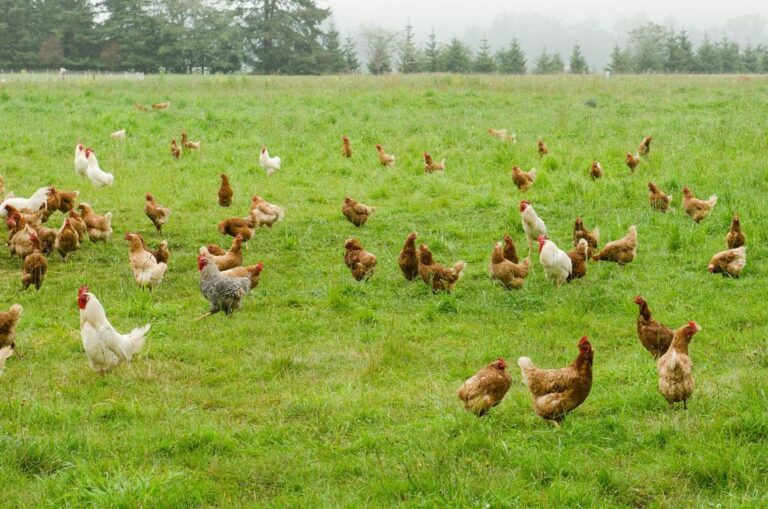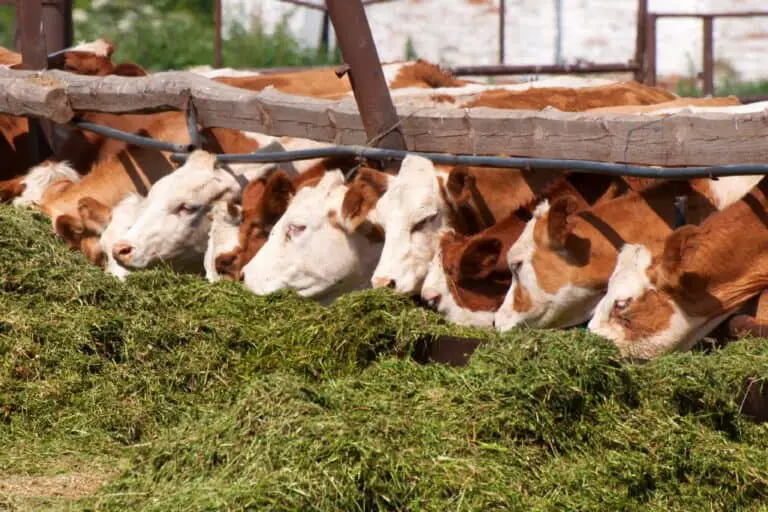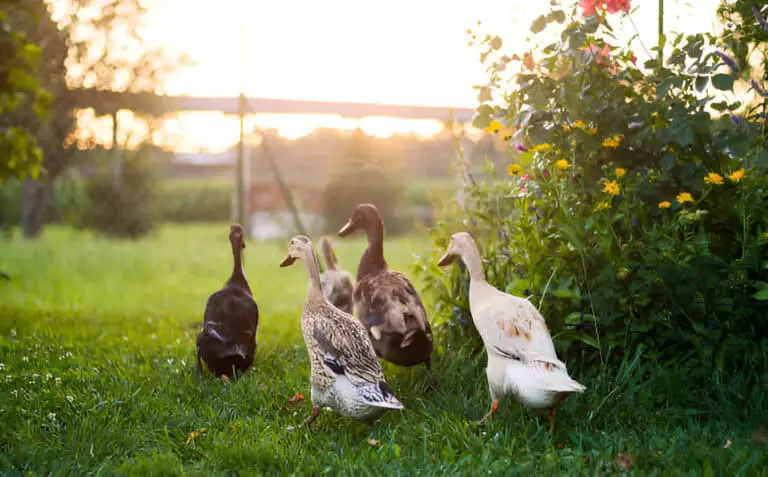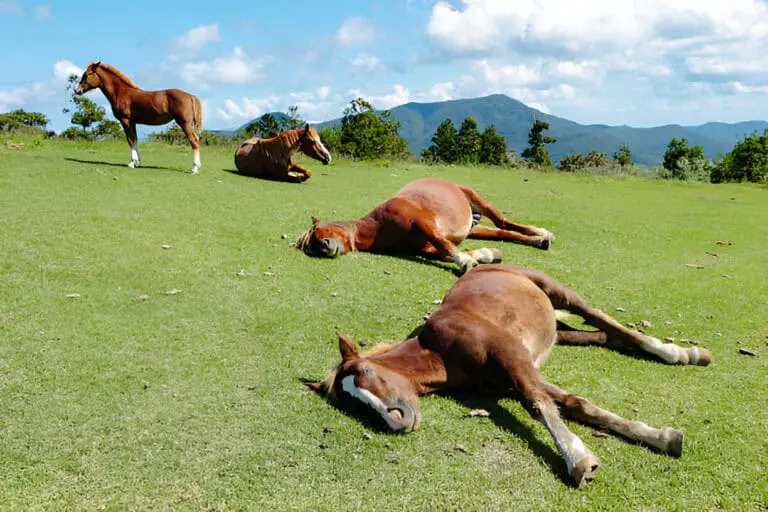Why Is Duck So Expensive? The Surprising Truth Behind the Price Tag
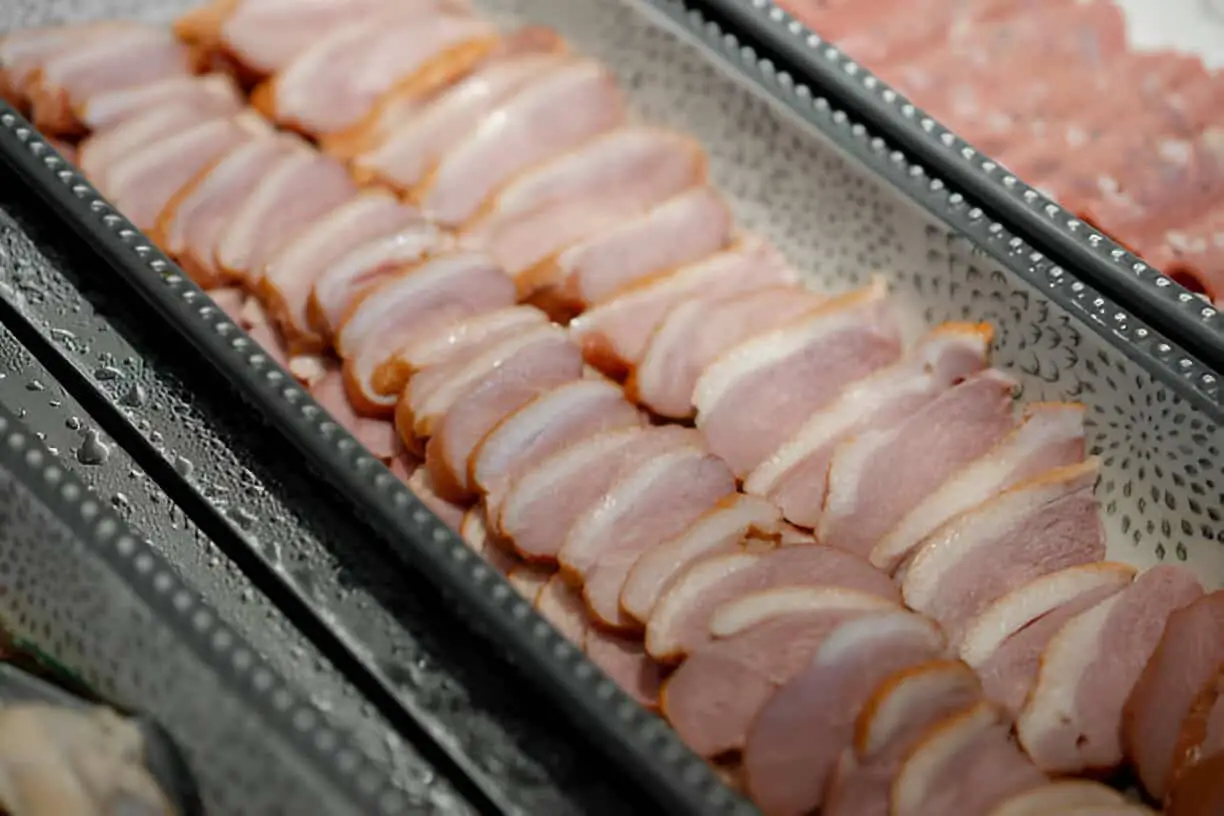
The Surprising Truth Behind the Price Tag
I still remember the first time I ordered duck at a fancy restaurant. The plate came out looking like art, the skin glistening like golden armor, but when the bill arrived—whoa. Let’s just say my wallet took it personally. Ever since then, I’ve been on a mission to figure out why duck costs an arm, a leg, and maybe a wing too.
Turns out, the reasons go way beyond just “it tastes fancy.” From farming practices to demand, every factor stacks up like Jenga blocks—pull one out, and the whole pricing structure might topple.
Duck Is No Chicken—Literally
Let’s address the elephant in the room (or rather, the bird in the barnyard): duck isn’t chicken. It may look like just another feathered friend, but it’s a completely different beast when it comes to raising, feeding, and butchering.
Here’s how duck compares to chicken:
| Factor | Duck | Chicken |
| Time to maturity | 7–8 weeks | 5–6 weeks |
| Feed consumption | Higher (more calories needed) | Lower |
| Water requirements | Needs water access for health | Less water-dependent |
| Market demand | Niche | Mass-market |
| Yield per bird | Less meat, more fat | More meat per pound |
So yeah—while chickens are the fast-food heroes of the poultry world, ducks demand more TLC. And all that time, labor, and care? It adds up at the checkout counter.
High Maintenance Birds: More Work, More Cost

Ducks don’t play nice when it comes to mass production. They need water—not just to drink but to splash around in. They’re prone to respiratory issues if kept in dry or dusty environments. And they’re a bit extra about space—too cramped, and you’ve got stressed birds and bad meat.
As a result, duck farming tends to stay small-scale. Unlike chicken farms that crank out thousands of birds a week, duck farms often cater to specialty markets or restaurant suppliers. That exclusivity? You pay for it.
Feed Me, Seymour: Ducks Eat Like Athletes
Do you ever see a duck eat? It’s not exactly dainty. Ducks burn through feed like teenagers after practice. Their bodies are built to be active and insulate against water, which means higher fat content and higher caloric needs.
They also take longer to convert that feed into usable meat. When it comes to the feed-to-meat ratio, chickens offer a superior value. Ducks, on the other hand, are all about flavor over volume—less meat, more richness, more fat.
So next time you bite into that melt-in-your-mouth duck confit, just know—it ate better than you did last week.
| Read: Raising Ducks for Meat: When to Harvest for Best Flavor and Texture |
Processing Ain’t Easy
If you’ve ever picked a chicken, you’re aware that it’s not an easy task. Now imagine doing that with a duck—with its thick layer of down feathers and waxy outer skin. Processing ducks is a whole other level of labor-intensive.
Most small duck farms don’t have automated plucking lines. That means more time, more labor, and more cost per bird. Many even outsource to third-party processors who specialize in waterfowl—which tacks on more to the final price tag.
It’s like paying a tailor to hand-stitch your suit instead of grabbing one off the rack.
Low Demand, High Price
Here’s the thing: not everyone eats duck. Unlike chicken or beef, which show up in lunch boxes, tacos, and late-night fast food, duck is more like the gourmet cousin who only shows up on holidays.
That limited demand keeps production low and prices high. Grocery stores don’t keep duck in large quantities because they can’t guarantee it’ll sell. So when you do find it, you’re paying a premium for the rarity and risk of keeping it stocked.
It’s supply and demand 101—with duck almost always stuck in “low supply” mode.
It’s All About the Fat—And Flavor
You haven’t truly lived until you’ve tasted duck fat roasted potatoes. Duck fat is an invaluable ingredient in the kitchen. It’s rich, flavorful, and prized among chefs and home cooks alike. That culinary reputation bumps up the price even more.
The duck’s fat content adds depth to dishes that chicken just can’t mimic. That richness is part of the appeal—and the cost. You’re not just buying meat; you’re buying experience, indulgence, and flavor that punches way above its weight class.
Specialty Breeds Come With Specialty Prices
Not all ducks are made equal. The ones you find in restaurants—like Pekin, Muscovy, or Moulard—are often heritage breeds. They grow slower, have unique flavor profiles, and require even more care.
Some ducks are raised for their liver (hello, foie gras), while others are bred specifically for their skin-to-fat ratio (perfect for that crispy Peking duck). These specialty breeds carry price tags that reflect their lineage and purpose.
It’s like choosing between a commuter car and a hand-built classic—both get you from point A to B, but one does it with a lot more flair (and cost).
It’s Often Imported
Even in countries with robust poultry industries, duck often gets imported. Countries like France and China have long-standing duck farming traditions, and many restaurants prefer the consistency and quality of imported birds.
Shipping, customs, and storage—all of that adds layers of cost to something that’s already more expensive to produce domestically.
Final Thoughts: Is Duck Worth It?
The truth is, duck cannot be cheap. Every feather, every grain of feed, every drop of water it splashes in comes with a price. And while it might not be your weeknight dinner go-to, it’s a bird worth the occasional splurge.
When I bring home a whole duck and roast it low and slow, filling the house with that nutty, savory aroma—I don’t think about the price tag. I think about how this one meal feels like a celebration.
So yeah, duck might cost more. But in flavor, experience, and richness? It surpasses expectations in terms of taste, experience, and richness.
Quick Recap Table: Why Duck Costs More
| Reason | Impact on Price |
| Labor-intensive farming | Higher production costs |
| High feed & water needs | Increased maintenance |
| Small-scale processing | Higher per-bird labor and transport fees |
| Limited demand | Less mass production, higher retail price |
| Rich fat and specialty taste | Premium pricing for flavor and texture |
| Imported supply chains | Extra shipping and handling costs |
If you’ve ever side-eyed that $30 duck breast on a menu, I feel you. But next time, instead of gasping at the price, smile. That bird has earned every cent of its sticker shock.
Let me know if you want a follow-up post with cooking tips, recipes, or duck-buying guides—I’ve got plenty of bird tales left to tell.

